Dreaming of strengthening your upper body? A hand-powered bicycle can help you do just that. When riding this model, most of the load is on the upper body, not on the legs, as on a conventional bicycle.
It is a kind of alternative to the standard bike. The cyclist’s hands have to pedal on the handlebars and steer at the same time while riding, giving direction.
At first glance, it may seem impossible to control such a bike. However, athletes cope and use this model not only as a means of transportation, but also as a trainer.
What is the hand drive on a bicycle for
A hand-powered bicycle on the front wheel allows you to strengthen the upper body without straining the lower body. The arm muscles tense and work while the legs rest and recover.
Manual drive is used:
- For exercising your arms, shoulders, chest, and torso outdoors.
- For recreational use by people who have problems with their legs or need to strengthen their arm muscles.
- For children and adults with disabilities who are physically unable to ride conventional bicycles.
Dual drive allows you to quickly gain high speeds on the road, which is unspeakably gratifying for cycling enthusiasts. Nevertheless, bicycles equipped with a manual drive and an auxiliary carriage are not mass-produced by manufacturers. Bicycles are individually made to order, so almost every model is made for its owner.
Types of hand-operated bicycles
Despite the rarity and specificity, it is still possible to find manufacturers of such models with manual drive. You can look at the models listed below and choose the right option for you. Or you can assemble yourself and attach an additional carriage to the frame, using the skills of a mechanic and engineer.
The last option – with an auxiliary carriage independently fastened – is the most popular in Russia.
Let’s take a closer look at the main manufacturers.
TwiCycle
The cyclist on a TwiCycle bike can use his legs or arms when riding, or he can pedal with his arms and legs at the same time. This is convenient because the rider can give the upper and lower muscle groups an alternating rest during the ride.
Design Features:
- The drive sprocket is parallel to the handlebars of the bike.
- The chain connects the sprocket, front wheel cassette and derailleurs.
- The hand cranks are also mounted horizontally.
The manual drive parts with the carriage are fairly close to the rider’s face, so the manufacturers covered the mechanism with a shroud for safety.
Working Principle:
- When the handlebar is raised in the wheel hub, the ratchet comes into action.
- When pressure is applied to the handlebar, it lowers and the front wheel starts spinning.
The mechanism is stiff; you can’t call it smooth. The cyclist has to apply force to move the vehicle and start moving.
RaXibo
The Swiss manufacturers RaXibo hand-powered bicycle is suitable for professionals and people with good physical fitness. While moving, the athlete needs to pedal with his hands and feet at the same time. And this is quite difficult and may even seem impossible for beginners.
Design features:
- The manual actuator with the carriage is mounted on the handlebars.
- The new elements are quite bulky and have a lot of weight.
- A long chain connects the rear sprocket to the front through the handlebar.
This model should not be chosen by beginners, as they can feel tired in the first minutes of the race.
The indisputable advantage of the model is an even load on all muscle groups. A walk on such a bike will replace a full-fledged workout of the whole body.
Varibike
The German Varibike hand-powered bicycle appeared on the market in 2013. The design allows for alternate use of both the foot and hand drive. This allows you to rest while riding and is a definite plus.
In addition to alternating rotation, the bike can be operated with the legs and arms at the same time. This allows the athlete to strengthen his legs and arms while riding.
Design Features:
- The mechanism with the carriage on the handlebars is connected to the base.
- The chain is not conspicuous, its additional part is under the cover.
The Varibike principle is also used on tandem bikes.
How to make your own hands
If you want to have a similar model of bicycle without extra costs, then try to assemble it yourself with your own hands.
In addition to a standard bicycle, you will need:
- long chain;
- chain fork;
- sprocket for the upper carriage;
- connecting rods for manual traction;
- auxiliary parts (clamps, bolts, gaskets).
Procedure:
- Mount the carriage to the frame.
- Attach the connecting rods to the carriage; use the handles instead of the pedals.
- Fit the chain fork.
For this model of bike, it is advisable to use a straight handlebar without bends to make it easier to control the bike.
Conclusion
A manual bicycle is a great alternative to standard models that provides work for all muscle groups. While riding, you can alternately give your legs or arms a break because you don’t have to use your top and bottom to move at the same time.
A huge advantage of the hand-powered model is that adults and children with disabilities can ride the bike. Such a bike gives them the joy of a regular walk in the fresh air.
You can order the model from manufacturers or you can assemble it yourself to enjoy a quiet ride on a custom bike or arrange a workout for the upper muscle group.

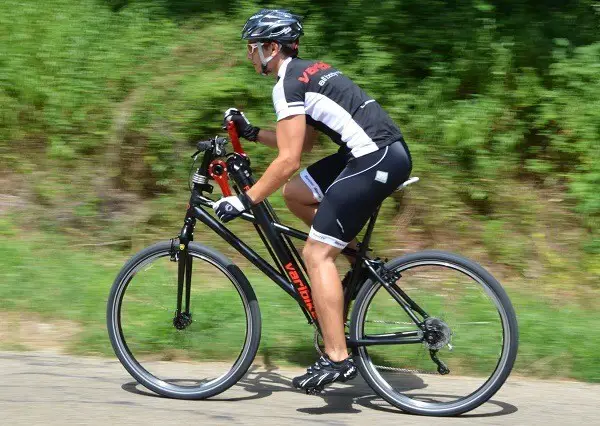
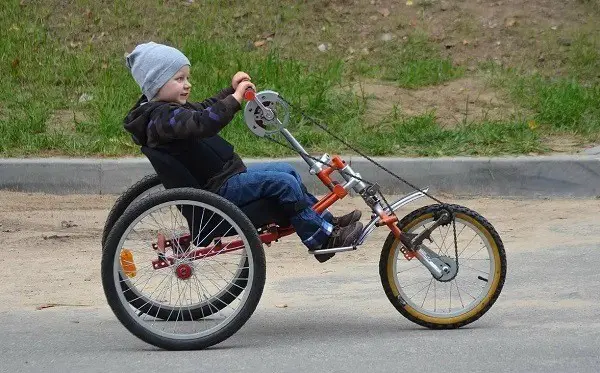
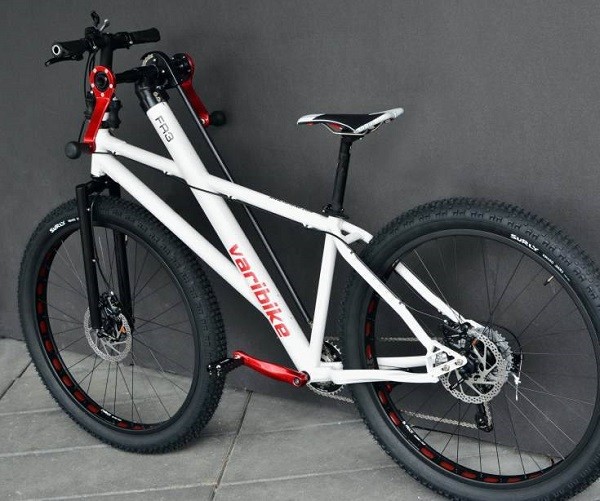
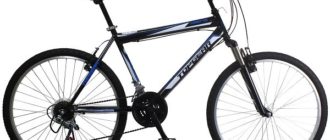
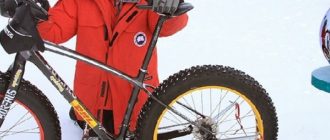
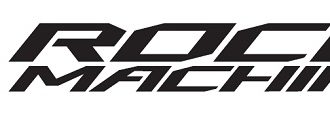



I’ve been making bikes with manual auxiliary drive for 40 years, but now I’m tired and don’t want to do it anymore. You homebuilders will have to make them yourself if you want to. To help you, here are some photos of the parts – https://imgsrc.ru/sash.mitrofanow/a2107303.html and the complete bikes – https://yadi.sk/a/EqF3kYK93XQZrd/5b1…402601d9092aaf
Great post! Hand-operated bicycles are a great way to get around without having to worry about emissions or the cost of gasoline. There are so many different varieties available, it’s helpful to know what each type is best suited for and how they compare in terms of performance. Thanks for sharing all this information!